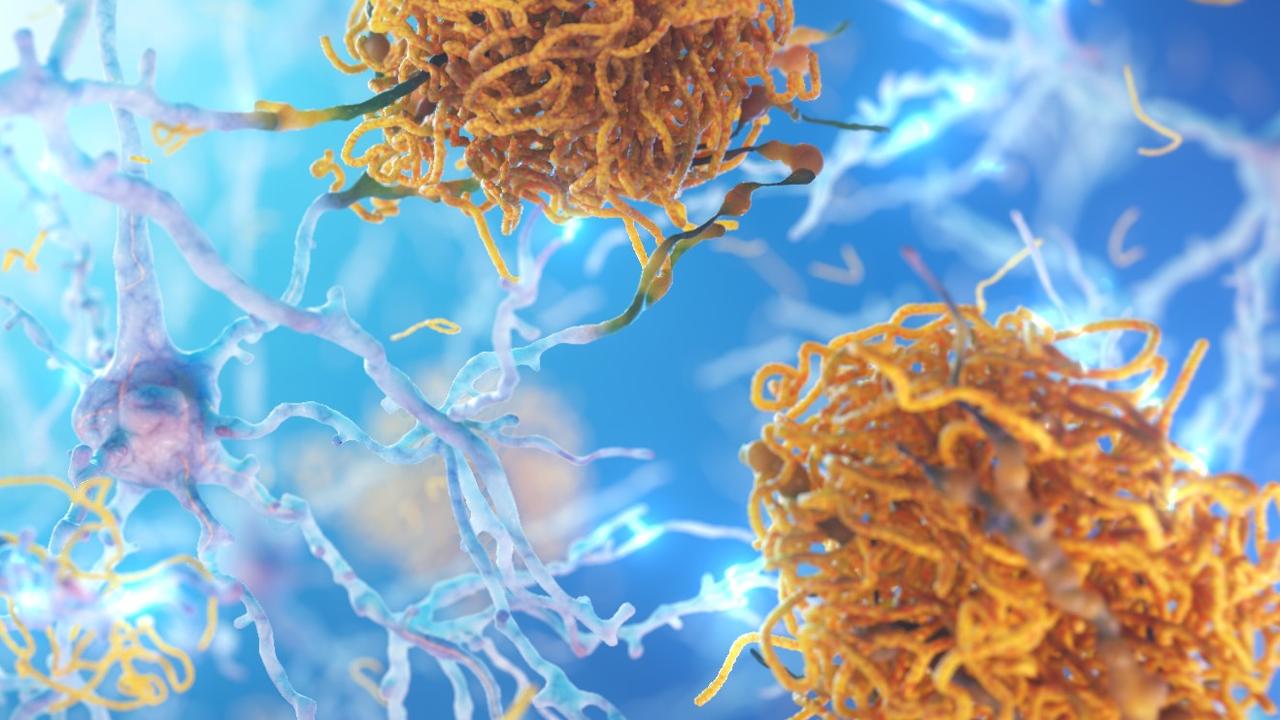G4 swine flu: New virus found in China similar to Spanish flu
A new flu strain discovered in China has “characteristics” of the 1918 flu that caused millions of deaths, a top US health official has said
A new strain of flu identified as having the potential to cause a fresh pandemic has characteristics of the deadly 1918 Spanish flu, a top US health official said.
Dr Anthony Fauci, a leading adviser on coronavirus to US President Donald Trump, said that the virus called “G4 EA H1N1” also had similarities to the 2009 swine flu virus.
Both the 1918 and 2009 viruses caused major pandemics infecting millions of people. Spanish flu infected a third of the world’s population and is thought to have caused 50 million deaths.
However, Dr Fauci stressed there was not an “immediate threat” from G4. There has been no evidence it has been transmitted between humans which is a key cause of a pandemic.
RELATED: Concern for pandemic potential flu strain found in China
On Monday, Chinese researchers announced they had discovered a new strain of swine flu, possessing “all the essential hallmarks of being highly adapted to infect humans,” said scientists at Chinese universities and China’s Centre for Disease Control and Prevention.
The G4 virus was observed to be highly infectious, replicating in human cells and causing more serious symptoms in ferrets – which experience similar symptoms to humans – than other viruses.

Tests also showed that any immunity humans gained from exposure to seasonal flu did not provide protection from G4.
Already one-in-10 people who worked with pigs in China are said to have contracted G4.
Dr Fauci told a US Senate committee hearing that a close eye would be kept on G4. While it has not yet been shown to be transmissible from human to human, he said the virus has shown “reassortment capabilities”.
RELATED: How COVID-19 pandemic will play out
“In other words, when you get a brand new virus that turns out to be a pandemic virus it’s either due to mutations and/or the reassortment or exchanges of genes,” he told senators.
“And they’re seeing virus in swine, in pigs now, that have characteristics of the 2009 H1N1, of the original 1918 (Spanish flu), which many of our flu viruses have remnants of that in it, as well as segments from other hosts, like swine,” he said.
H1N1 is thought to have infected around one billion people globally in 2009 with half a million deaths.

The 1918 Spanish flu, which spread around the world during the deprivations of World War I and at a time when healthcare and medical science was less advanced, is thought to have killed tens of millions of people.
Dr Fauci said there was always “the possibility that you might have another swine flu-type outbreak as we had in 2009,” reported website CNBC.
“It’s something that still is in the stage of examination.”
G4 wasn’t an “immediate threat” but “it’s something we need to keep our eye on, just the way we did in 2009 with the emergence of the swine flu”.
Chinese Foreign Ministry spokesman Zhao Lijian told a daily news conference on Tuesday that China was closely following G4 developments.
“We will take all necessary measures to prevent the spread and outbreak of any virus,” he said.

Professor James Wood, who is an infectious diseases expert at the UK’s Cambridge University, said G4’s discovery highlighted the ease at which viruses can jump the species barrier.
“The work comes as a salutary reminder that we are constantly at risk of new emergence of zoonotic pathogens and that farmed animals, with which humans have greater contact than with wildlife, may act as the source for important pandemic viruses.”
However, while G4 certainly has the capability of being our next pandemic, other scientists have said it had yet to reach that stage – and may never.
Carl Bergstrom, a biologist at the University of Washington, said: “There’s no evidence that G4 is circulating in humans, despite five years of extensive exposure. That’s the key context to keep in mind,” he said on Twitter.
Viruses are constantly in flux and G4 could, at some point, mutate into a virus transmissible among humans.
“It is of concern that human infection of G4 virus will further human adaptation and increase the risk of a human pandemic,” the researchers wrote.
The authors called for urgent measures to monitor people working with pigs.




